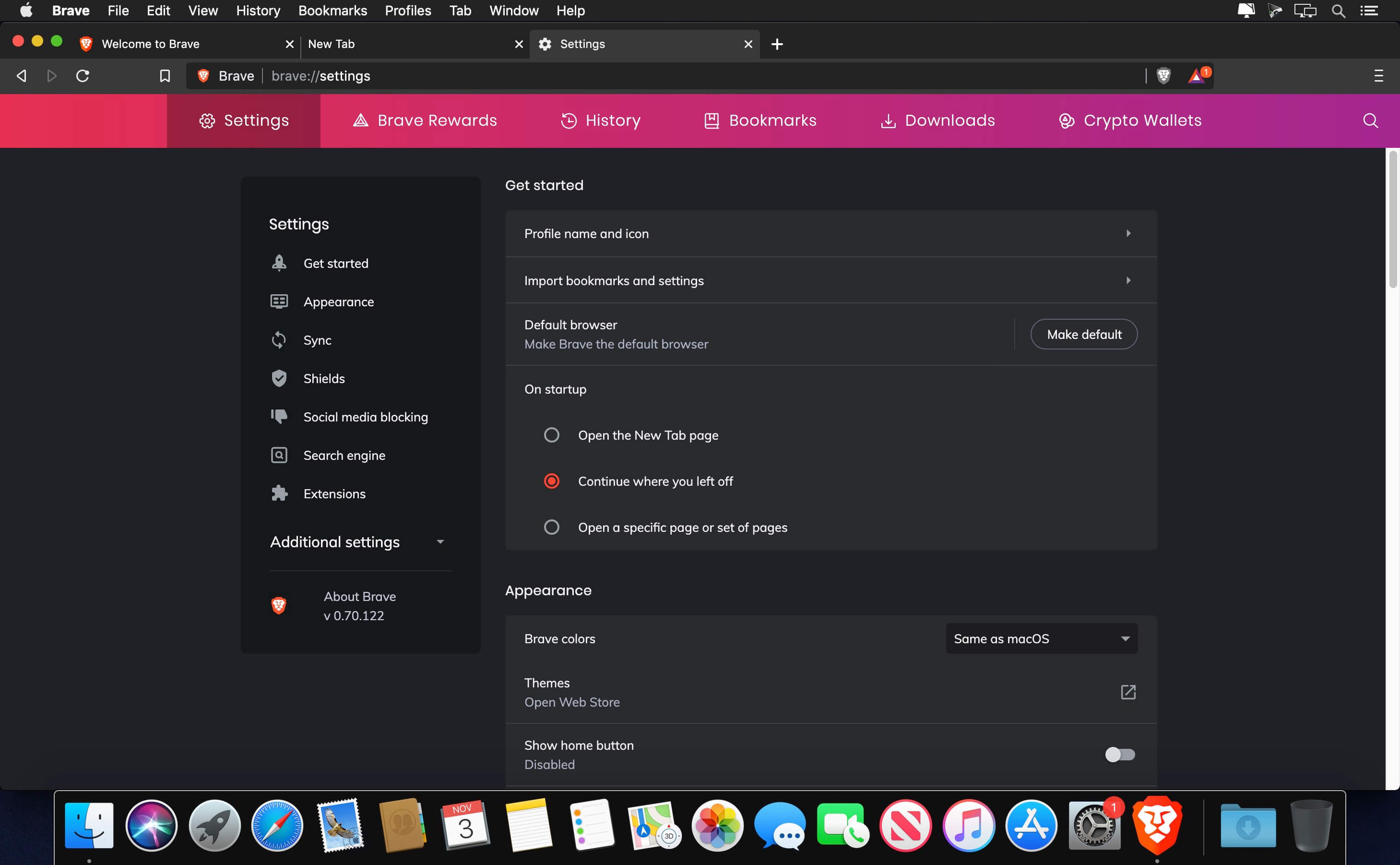

Clinical complete response was indicated by an endoscopic visual exam showing disappearance of the primary tumor along with a normal digital rectal exam the formal criteria for rectal MRI response also had to be met.Īpproximately 5% to 10% of rectal cancers are dMMR, and these tumors are relatively resistant to chemotherapy. Overall response was determined by rectal magnetic resonance imaging (MRI) and endoscopic exam tumors were graded as stable disease, having partial response, having near complete response, or having complete response. The primary objectives were overall response rate to PD-1 blockade with or without chemoradiation and pathologic complete response or clinical complete response rate at 12 months after PD-1 blockade with or without chemoradiation. Patients with clinical complete responses were then followed up nonoperatively every 4 months those with residual disease underwent chemoradiotherapy, after which clinical complete responders were followed nonoperatively and those with persistent residual disease underwent surgery. Patients received dostarlimab at 500 mg intravenously every 3 weeks for 6 months and then underwent radiologic and endoscopic evaluation. The standard of care for these patients would have very likely required all three modalities of chemotherapy, radiation, and surgery,” Dr. “I’d like to highlight that the majority of these patients had big bulky tumors, and 94% were node-positive. All patients had dMMR and BRAF V600E wild-type tumors the mean tumor mutational burden was 67. The median age was 54 years, but age has ranged from 26 to 78. Of the 18 patients enrolled to date, most (78%) have T3 or T4 rectal tumors. All but one patient has node-positive disease, and about half have Lynch syndrome. The single-arm phase II study will ultimately enroll 30 patients with clinical stage II and III dMMR rectal cancer. The 100% clinical complete response rate is unprecedented in rectal cancer, and the potential to decrease morbidity by eliminating pelvic radiation and surgery for our patients is huge,” said invited discussant Kimmie Ng, MD, MPH, Associate Professor of Medicine at Harvard Medical School and Co-Director of the Colon and Rectal Cancer Center at Dana-Farber Cancer Institute. “I think everyone in this room will agree that the results are clinically meaningful. Median follow-up is currently only 6.8 months, but four patients have been followed for nearly 2 years, and only four have received less than 6 months of the required treatment. There have been no disease recurrences observed … though longer follow-up is certainly required to establish the durability of this treatment.” No patients have required chemotherapy, radiation, or surgery.

“We’ve now treated a total of 14 patients, and all-100%-have had a clinical complete response to dostarlimab alone…. “We were obviously beyond thrilled,” she said. Cercek conveyed the excitement her team felt as the first patients improved beyond expectations.

The study was also simultaneously published in The New England Journal of Medicine.ĭr. The compelling results were presented at the 2022 ASCO Annual Meeting by Andrea Cercek, MD, Head of the Colorectal Cancer Section and Co-Director of the Center for Young-Onset Colorectal and Gastrointestinal Cancers at Memorial Sloan Kettering Cancer Center ( Abstract LBA5). So far, dostarlimab has spared every one of these patients of the need for chemotherapy, radiation, or surgery. In a study of patients with locally advanced mismatch repair–deficient (dMMR) rectal cancer, 6 months of treatment with the anti–PD-1 agent dostarlimab-gxly alone led to clinical complete responses in 100% of the study’s first 14 patients. Rarely, if ever, has one abstract presented at the ASCO Annual Meeting warranted its own session-but that happened with a small but mighty study from Memorial Sloan Kettering.


 0 kommentar(er)
0 kommentar(er)
